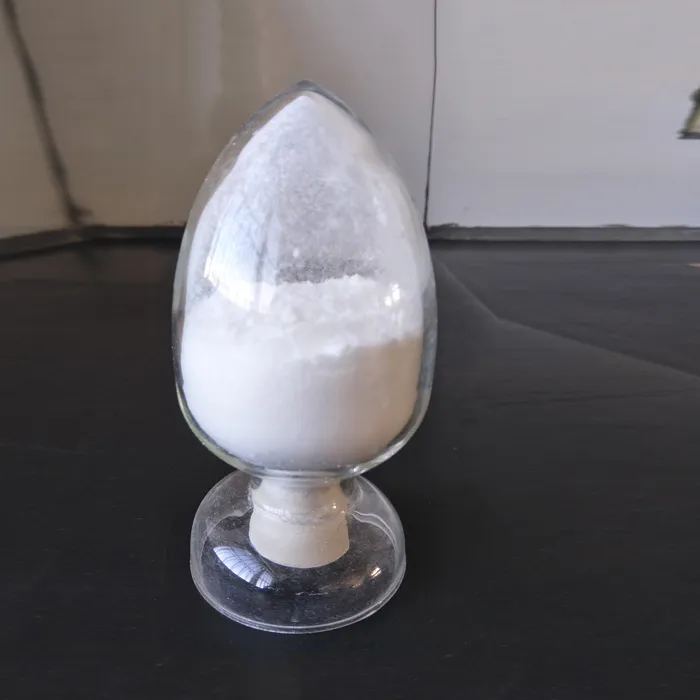The Function of Coagulation in Water Treatment
Water is essential for life, and ensuring its cleanliness is a priority for public health and environmental protection. Coagulation is a crucial process in water treatment that helps to remove impurities, making water safe for consumption and use. This article explores the function of coagulation in water treatment, its mechanisms, and its importance in providing clean water.
Coagulation is the process in which fine particles, colloids, and dissolved substances in water are aggregated into larger masses, known as flocs. These flocs can then be removed more easily during subsequent water treatment steps, such as sedimentation and filtration. The process typically involves the addition of chemical coagulants, such as aluminum sulfate (alum), ferric chloride, or polyaluminum chloride, which serve to destabilize the particles suspended in water.
The primary mechanism behind coagulation is charge neutralization. Water contains a variety of particles, both positively and negatively charged. These particles often repel each other due to their similar charges, preventing them from coming together to form larger aggregates. When a coagulant is introduced into this mixture, it dissociates in water and releases metal ions that neutralize the charges on the particles. As a result, these previously stable particles begin to collide and stick together, forming larger aggregates, or flocs.
Once the floc formation has occurred, the next step in the water treatment process is sedimentation. During sedimentation, the water is allowed to sit in a large basin, where the heavier flocs settle to the bottom due to gravitational forces. The settled flocs can then be removed from the basin, significantly reducing the concentration of suspended solids and impurities in the water. This step is crucial, as it reduces the load on subsequent filtration processes, which are designed to remove smaller particles that remain in the water.
function of coagulation in water treatment

Filtration is the next phase of water treatment that complements coagulation and sedimentation. During filtration, water passes through a porous medium, such as sand or activated carbon, which captures any remaining particles and impurities. The effectiveness of this process is enhanced when coagulation and sedimentation are properly carried out beforehand, as the larger flocs that have already been removed allow the filtration media to focus on eliminating smaller contaminants.
Apart from sedimentation and filtration, coagulation also aids in the removal of microorganisms and pathogens. By aggregating and settling larger particles, the process effectively reduces the overall concentration of bacteria, viruses, and protozoa present in the water. This is particularly important for ensuring the microbial safety of drinking water, as many waterborne diseases can be attributed to the presence of these harmful organisms.
In addition to its role in removing physical and biological contaminants, coagulation can also assist in reducing chemical pollutants. Some coagulants can bind with certain dissolved substances, such as heavy metals and organic compounds, facilitating their removal during the sedimentation and filtration processes.
In conclusion, coagulation is a vital function in water treatment that helps to ensure the safety and cleanliness of water supplies. By facilitating the removal of suspended solids, microorganisms, and chemical pollutants, coagulation plays a critical role in protecting public health and the environment. As water quality concerns continue to grow, understanding and optimizing the coagulation process will be increasingly important for modern water treatment facilities.

